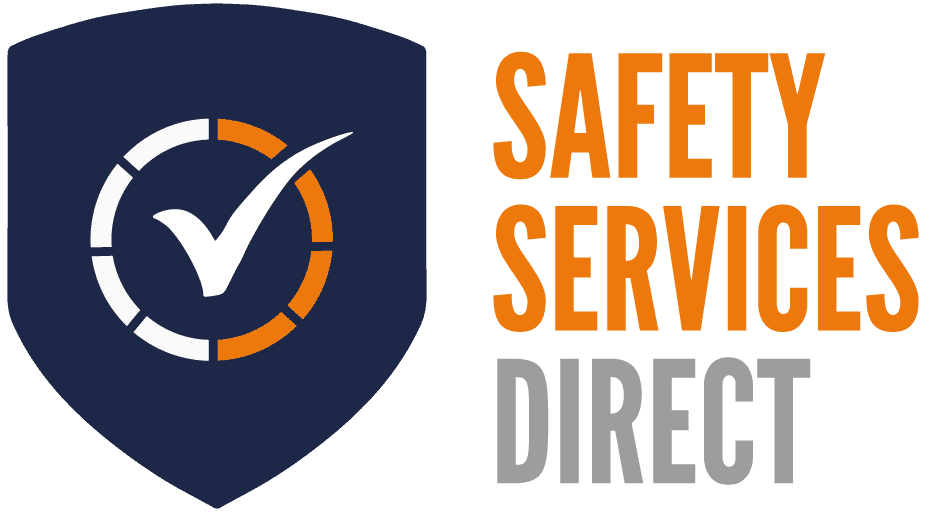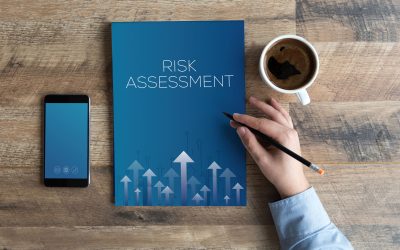Risk Assessments and Method Statements are often mentioned within the same breath, as the two reports tend to be carried out side by side. However they are differing documents that analyse different health and safety elements of the working environment. In the simplest terms: a risk assessment analyses the risk in the workplace, whilst a method statement outlines what is being done to prevent risk.
What is a Risk Assessment?
As the name suggests, a risk assessment evaluates the potential risk to employees within the workplace. Risk assessments are required by law for any workplace with more than five employees and should be thoroughly completed to remain health and safety compliant.
When completing a risk assessment, you should consider five key areas:
- The risks and hazards in the workplace to your employees.
- These could be simple hazards within an office, to complex risks in construction.
- Which employees could be harmed by them
- And how can you help them to not be injured by the hazards
- Evaluation of the risk and what precautions are needed
- From workwear to signage and more
- Record these findings
- Be specific in your recording
- Review and update the assessment as new risks become apparent.
- The updates could be new hazards, or differing workers that the hazard now applies to.
Risk Assessment templates are available to help with this process, or you can hire a Safety Advisory Service Consultant to complete the assessments for you.
What is a Method Statement?
Method statements build on risk assessments and detail how work will be carried out safely: think of them as a set of instructions.
They tend to use the risks outlined in the risk assessment and then detail further what will be done to ensure that the risk is minimised for employees, to create a safe workspace.
Method statements will detail how the work should be completed, the order of completion and potential risks and time frames. However, they also tend to include site-specific rules and any training or permits required in order to complete the work, ensuring that all employees are educated and remain safe whilst completing the task.
Common sections you’ll find in a method statement include:
- Activity and outline of work
- Date and duration of work
- Key responsibilities
- Work procedure and order of work
- PPE Equipment required
- Training and policies required to be educated in
- First aid and welfare provisions
- Site wide emergency procedures
Whilst method statements are not required by law, the more detailed a method statement can be, the better in remaining Health and Safety compliant.
As with risk assessments, method statement templates are available to ease the process.









